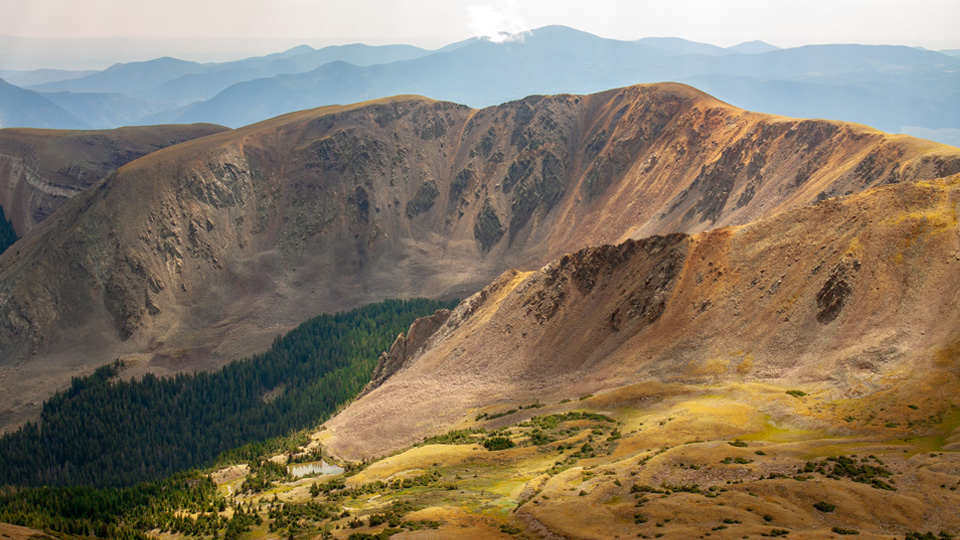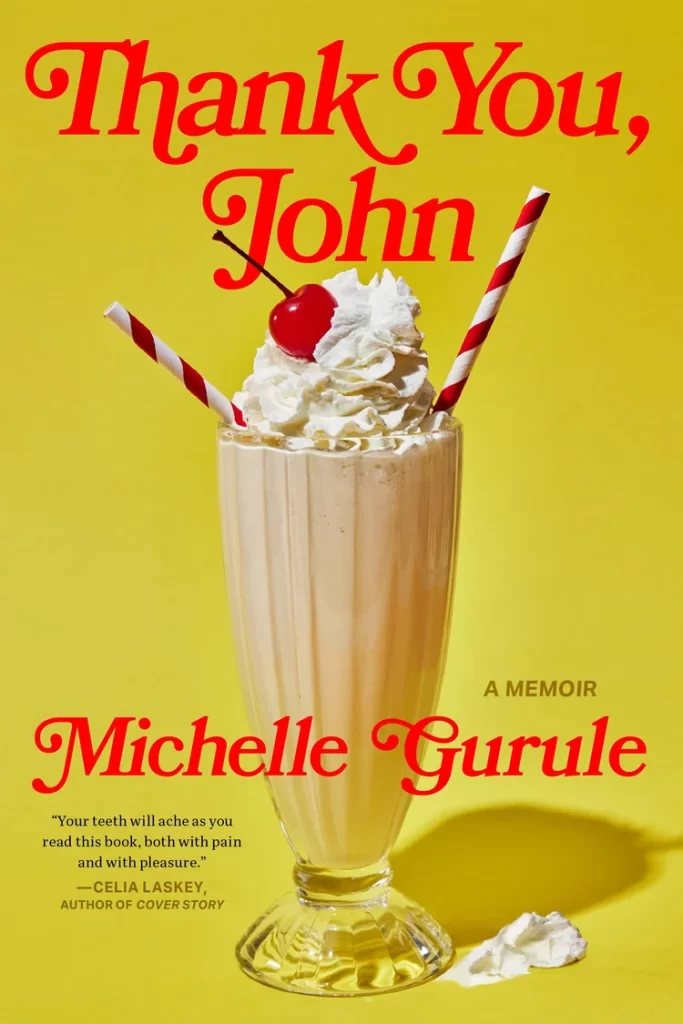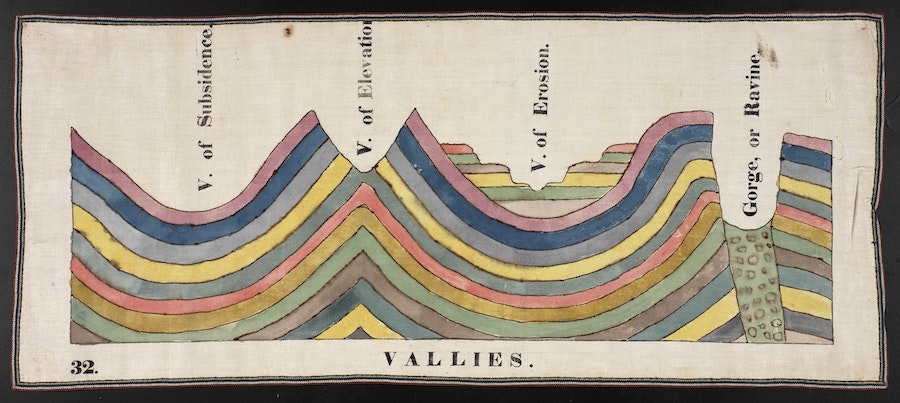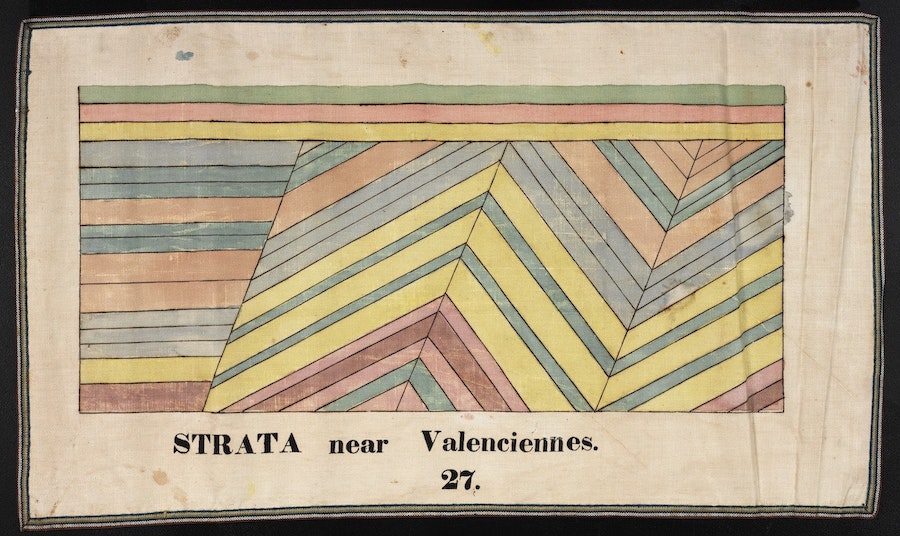I was not much of a reader until my early twenties. I grew up in rural Montana, and I was made to believe the only writing about the West came from people like Norman Maclean or James Welch — stories about cowboys, about men thinking, about fishing.
While I have since loved and learned from these writers, I craved stories where I could see myself. I wanted a story about a single mom working three jobs, driving between shifts through striking landscape with mountains ancient and looming, arresting in their sheer beauty and grandiosity. I wanted stories about rural girlhood that were less frolicking-through-meadows and more losing-your-virginity-in-a-car-at-a-field-party. I wanted stories by and about women and girls where I didn’t have to connect unwieldy dots or desperately seek familiarity, where it was right there on the page. And at the same time, I knew and believed the world to be expansive, so much bigger than me.
So here I want to celebrate four essential, contemporary books that tell stories as diverse and vast as the landscape of the American West — exploring the depths of its culture, its identity, its people, its beauty, and its challenges.
How Much of These Hills Is Gold by C. Pam Zhang
“Ba dies in the night, prompting them to seek two silver dollars.” So begins the story of two Chinese-American orphans on the run in the final years of the gold rush, as they journey through the American West’s physical landscape and the myths that encase it. The start of the novel leaves them crawling, ears ringing, from the smoky cloud of a failed bank robbery. Twelve and eleven-year-olds Lucy and Sam set out to give their father a proper burial, rooted in rituals their Ma taught them. They leave on a stolen horse, their father’s rotting corpse in tow, through a Western landscape that is both familiar and wholly reimagined through new myths, symbolism, and blurred boundaries between magic and reality. But it is not only Zhang’s mesmerizing story that will keep you tied to the page — her pressing, haunting, lyrical prose will make you want to live inside each sentence and soak up every word. Her narrative voice could veer into any number of Western tropes, and at times will remind you of the retired cowboy sitting lonesome at the bar, gruff, masculine, straight-to-the-point, wistful. But the novel never veers into imitation, remaining entirely its own, infused with as much tenderness as harshness, as much intimacy as distance, and at its core, a new story to tell of the American West.
O Beautiful by Jung Yun
Elinor Hanson is a freelance writer sent on assignment to cover the oil boom in North Dakota’s Bakken region. Elinor grew up in the area, which when she returns has transformed into a place both familiar and unrecognizable: “This is the problem, as she understands it — thousands of itinerant oil workers from recession-ravaged parts of the country, descending upon a town of four thousand that was unprepared to take them in. It doesn’t take a degree in city planning to figure out why housing is at a premium, why traffic is so bad, why everything is under construction all at once.” Elinor — in her 40s, making a career transition, the daughter of a strict white father and a Korean mother, a woman both assertive and terrified — does not fit neatly in any box, often straddling the line between insiders and outsiders. The longer Elinor spends in Avery, the deeper and more tangled she finds herself in the complex web of the region’s violence, misogyny, wealth stratification, racism, and wildly shifting power structures. With sparse, unrelenting prose, Yun immerses us in the suffocating, inescapable world of the oil boom, where rage simmers just under the surface and threatens to spill over.
River Woman, River Demon by Jennifer Givhan
River Woman, River Demon is Jennifer Givhan’s latest novel, weaving a genre-blurring tale of murder, brujería, ghosts, and motherhood through themes of loss, grief, protection, and reclamation. Set on the bosque south of Albuquerque, Givhan’s novel follows Eva Santos Moon, an artist, wife, and mother haunted by memories of the traumatic, tragic drowning of her childhood best friend. When she finds the body of a friend drowned in the river behind her house and her husband is taken into custody for the murder, Eva must wade through her dark history to protect her family and find her power. That Givhan is a poet as well as a novelist becomes abundantly clear in her lovely, vivid, sensory prose, the words on the page as urgent as the story happening around them: “The river that flows alongside my property keeps me close to Karma,” Givhan writes,” even as it reminds me of my apple-cheeked friend who drowned when we were fifteen-year-olds in the girldom-woman lost space where Karma got caught, where she ghosts the borderlands between almost-woman and never.”
Sabrina & Corina by Kali Fajardo-Anstine
While Fajardo-Anstine’s most recent novel, Woman of Light, a multigenerational western saga, may seem the obvious fit for this list, her debut collection of stories, Sabrina & Corina, is to me essential reading about the American West. Fajardo-Anstine’s stories follow the lives of Chicana and Indigenous girls and women living in and making sense of the worlds they inhabit, from southern Colorado and northern New Mexico to Denver to California. Each of these stories takes your hand and places it directly on the raw, beating pulse of their lives — what scabs they can’t help but pick, what haunts them, what makes them yearn, what makes them feel ashamed, what makes them alive and complicated and human. The girls and women in these stories navigate everything from the mother wound to whitewashed history classes to dangerous men to ancestral remedies. But it is the lyrical prose and fearless telling of complexity that make this collection sing with humanity: heartbreak and joy in equal measure.




